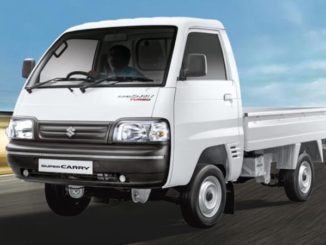
In a few years from now, two-wheelers, especially scooters will dominate Goan cities and towns pushing 4-wheelers off the road, said two wheeler dealers, who are monitoring the pattern of demand and supply of all vehicles.
The reason: Slow infrastructure of roads development is giving rise for two-wheeler, especially the scooter segment. Another factor is the rising price of petrol. “Goa’s infrastructure is not matching the increasing number of vehicles,” said Mr. Vinay Kuncoliencar, managing director of Goa Rajee Auto. “Our roads are poorly maintained and lack quality,” said Mr. Pradeep Naik the Suzuki scooter dealer.
Normally Rajee is rolling out 650 Honda scooters and motorbikes a month and during festive seasons, that number rises to around a 1,000. Around 28,000 scooters are added every year. And when Mahindra rolls out its Kinetic shortly, it will probably be over 30,000 every year. Popular among the two-wheelers is the Honda Activa.
About 3,000 to 4,000 old models are scrapped yearly, for which a scooter’s life is about ten years. Between 800 to 1000 two-wheelers are registered with the RTO monthly.
Latest advances in terms of technology, style, comfort and easy to operate scooters are becoming the ideal mode of transport. It has better utility value than the bike and meets environment standards of low emission and a host of other features.
Giving the reason why the scooter is preferred as the better transport mode, two-wheeler dealers said to meet a kilometre of passenger travel, a car consumes nearly five times more energy than a 30 or 40-seater bus with 82 per cent average load factor.
The corresponding consumption factor for two wheelers is 2.6 times. The comparative fuel costs of a car and a two-wheeler to meet the same travel demand as a public transport bus is 11.8 times and 6.8 times respectively.
The fancy four seaters and seven-seaters are becoming more of an eye sore, they block roads and create a nuisance while maneuvering, is the general public’s view.
Added to the poor infrastructure is Goa lacks efficient traffic management. When questioned, traffic inspectors in Margao and Panaji police stations retorted by saying that they are aware of the same and the reports are submitted years ago.
An official in the traffic department at Panaji pointed out to some of the difficulties and challenges they face, he said, “How does one obey traffic rules, when these rules are not applied? Speed limits boards are not visible on highways; there are no boards notifying sharp turns and speed-breakers; In many streets and roads, street lights are not functioning; fluorescent road markings are worn out, among others.
He ended by saying, “All number plates should have a single type font, but nowadays we see some numbers that appear to be Chinese.”
Source: Navhind Times

